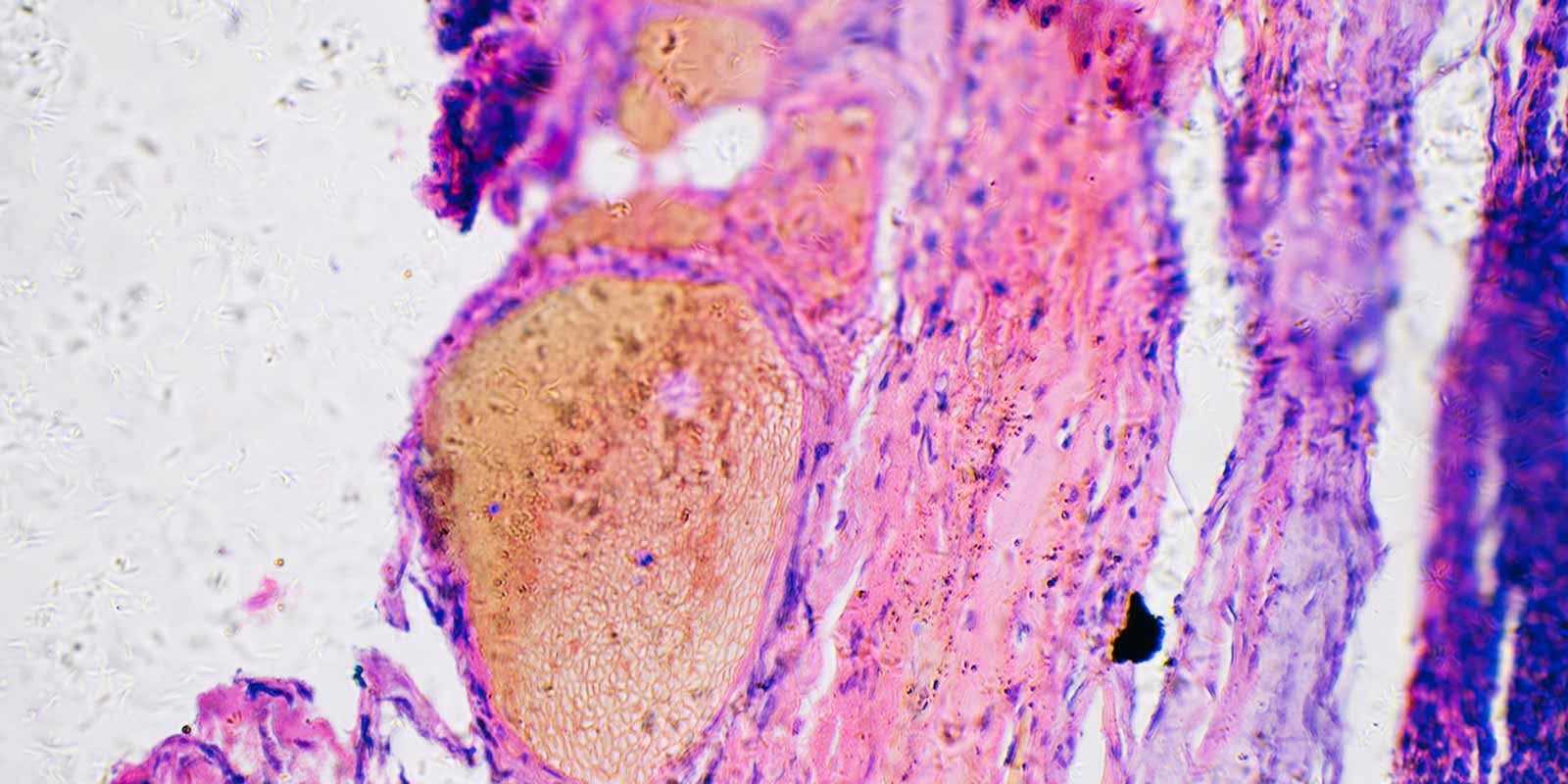
Skin Cancer Research
The goal of the Skin Cancer Research Institute (SCRI) is to work collaboratively across disciplines to identify new ways to treat and prevent skin cancers. The SCRI exists to discover the causes of skin cancers; prevent skin cancers more effectively, and develop new therapies for skin cancer treatment.
Mission and Vision
The mission of the Skin Diseases Research Center (SDRC) is to add value to our investigators through strength of focus on uniting basic and translational skin science. The vision of the SDRC is:
- To enhance career development and to fuel the projects of new and experienced investigators with a rich matrix of resources in order to speed the progress and enhance the quality of skin diseases research
- To generate a new knowledge base that will have a significant and sustained impact on cutaneous biology aimed at improving the quality of life of patients with skin disease
- To integrate the components and activities of the Skin Diseases Research Center (SDRC)
- To manage the fiscal operations
- To coordinate the core facilities and pilot and feasibility awarded programs
- To implement an enrichment program
- To foster new SDRC initiatives
- To translate innovative basic research to patients with skin diseases
- To facilitate utilization of genomics and informatics for skin diseases
The SDRC at Case Western Reserve University / University Hospitals (UH) Health Systems promotes cooperative interaction among investigators engaged directly in skin diseases research with those conducting state-of-the-art biomedical research in other disciplines that have relevance to skin disease. The center's primary goal is to integrate groups of investigators from Case Western Reserve, UH, and other institutions into a cohesive unit that will advance research relevant to the diagnosis, pathogenesis and treatment of skin diseases. The center has attracted a number of outstanding scientists and has been instrumental in developing new technologies and encouraging their timely transfer to the clinical setting. The SDRC has also developed informative educational programs in dermatologic diseases for its investigators, physicians and the public.
SDRC Programs
Major programs include:
- a pilot and feasibility grants program
- core facilities to support research
- visiting lectureship program
- special national and regional educational programs
- a scholars exchange program
- minority student and fellow research program.


